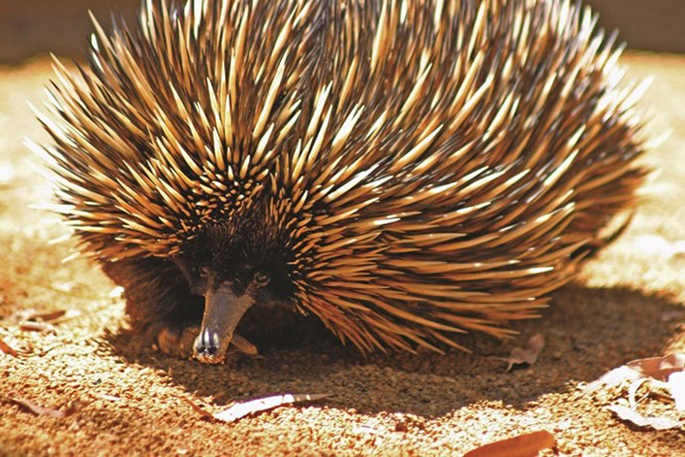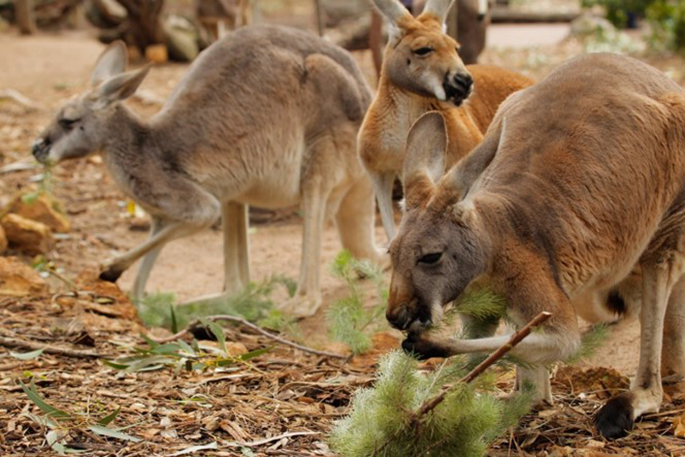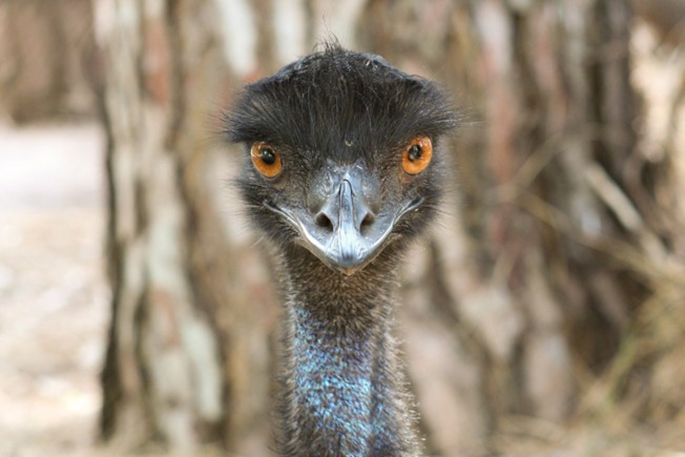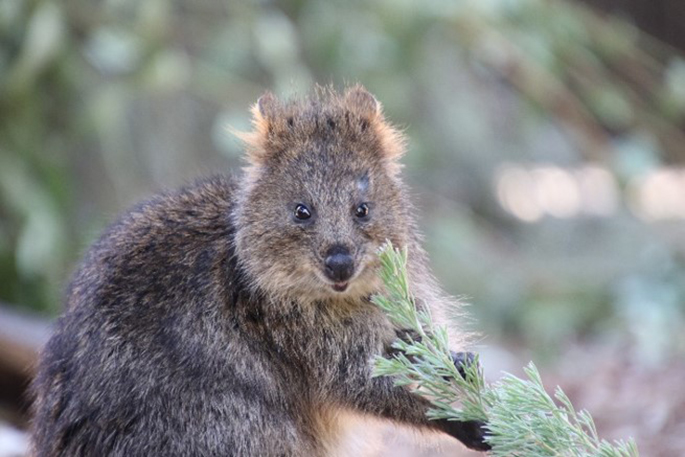Australia is one of the few continents in the world where all three groups of mammals – monotremes, marsupials and placentals – can be found.
But how much do you know about our native critters?
The Short-beaked Echidna - not a usual birth
 Conservation status: Least Concern
Conservation status: Least Concern
Did you know that Short-beaked Echidnas are one of only two Australian mammals that lay an egg instead of giving birth? The baby echidna, called a puggle, hatches after 10 days and is carried around by the mother for two months in a fold in her skin that acts like a pouch.
Dingo - not like all the other dogs

Conservation status: Vulnerable
They might look like Fido at home, but did you know that Dingos don’t bark like a domesticated dog? Dingos mainly communicate to each other by howling, just like a wolf. You may even hear them howl at night to let their pack members know where they are or to ward off potential rivals.
Rakali - the original Water Rat

Conservation status: Least concern
You may remember the iconic TV series Water Rats – now meet the original, the Rakali. As the nickname suggests, the Rakali is a rodent that can be found both on land and in water and is the only amphibious land-based mammal found in Western Australia!
Red Kangaroo - a pregnant pause

Conservation status: Least concern
Aside from being the largest living marsupial in the world (no big deal!), a female Red Kangaroo has the unique ability to pause a pregnancy and delay the birth of a joey until environmental conditions become more favourable. This is known as embryonic diapause.
Emu - the dedicated single Dad

Conservation status: Least concern
If you’re a sucker for romance, you probably wouldn’t want to be an Emu. Females will meet a spunky male, have a short-lived romance with him for around five months and then leave once she has laid her eggs. The male will then stay on the nest for eight weeks waiting for the eggs to hatch. Once hatched, the young Emus will stay with the father for up to six-months where he will show them how to forage and survive.
Quokkas - more than just a pretty face

Conservation status: Vulnerable
With a face that cute, we aren’t surprised these guys are Instagram celebrities. But there’s more to a Quokka than their good looks.
Quokkas can survive for long periods without food or water and, while they might not look like avid climbers, they are also able to climb trees to find food sources.
Now that you know some new facts about Australian animals, come and meet them up-close on a Bush Buddies, Scaly Mates, Dingo or Best of Australia close encounter. All monies from the Bush Buddies, Scaly Mates and Dingo close encounters undertaken before 2 February 2020 will go towards helping Australian wildlife impacted by the recent bushfires.
Lara Daddo - Digital Marketing Officer at Perth Zoo